Green Light to Physio: Why Your Physiotherapist is an Important Member of Your Healthcare Team Post-MVA
As Edmonton transitions to its colder, darker, and slipperier months, pedestrians and vehicles alike experience the wrath of winter and the unfortunate side effect of motor vehicle accidents (aka. MVAs). It is no wonder then that a partnership exists between Physiotherapy clinics and insurance companies to provide an important treatment pathway for patients who are victims of our infamously unpredictable road conditions.
This blog post functions to provide some clarity as to what to expect during a MVA assessment, what treatment will look like, and ultimately how a patient will recover.
The Role of a Physiotherapist Post-MVA
Physiotherapists are primary care providers, which means that a patient can seek physiotherapy treatment without referral from a doctor. Physiotherapists undergo extensive training to perform a comprehensive musculoskeletal assessment, identify abnormalities in joint movement, and screen for red flags which may indicate more serious pathology. This skill set is especially important when it comes to examining muscles, supportive ligaments, and segmental joints in the neck and back after a car accident, where the abrupt nature and inertia upon impact can lead to varying degrees of muscle strain, joint and ligament sprain, and whiplash.
What is Whiplash?
Whiplash is defined as the strain that occurs to neck muscles, joints, and ligaments that occurs when the neck is forced to move rapidly back and forth. There are varying degrees of whiplash ranging from low grade strains to higher velocity mechanisms which can lead to other symptoms such as changes to sensory processing and muscle weakness. Your Physiotherapist’s priority during a MVA assessment is to determine the extent of whiplash and whether referral for further investigation is warranted (i.e. imaging).
What does the Physiotherapist do?
Your physiotherapist will execute a detailed assessment during your first visit and develop a treatment plan based on these findings. Most importantly, your Physiotherapist will ascertain the integrity of important ligaments in your neck following whiplash and screen for any red flag symptoms which would require more urgent referral to a physician or emergency department. Once these items are cleared, the Physiotherapist will proceed to examine neck and back range of motion, and more specifically investigate the joints and muscles responsible for creating these movements. All of this ‘data’ will assist the Physiotherapist in developing a diagnosis and plan for subsequent Physio treatment sessions.
The initial assessment will also assist the Physiotherapist in determining what frequency of treatment is warranted based on presentation and extent of symptoms. Treatment will likely entail use of manual therapy techniques to calm muscle spasm or joint irritation, and once movement becomes more comfortable, a home exercise program will be prescribed to work on restoring mobility to injured joints and tight muscles. The treatment plan is intended to respond to the patient’s symptoms on any given day and can be adjusted based on degree of tissue sensitivity and pain.
How long does it take to start feeling better?
The time frame for recovery from a car accident (MVA) is variable, and often depends on other factors such as ergonomics while at work (was your neck feeling strained while at work before the MVA?) and other life stressors which can exacerbate pain. For a well-rounded understanding of pain presentation, Physiotherapists refer to the “biopsychosocial framework” which accounts for factors outside of your own biology that can contribute to pain. This includes psychological and social influences such as emotional hardship from the accident, lack of accommodation/support at home and work, or constrained allowance for extra rest, which can all function to potentiate pain processing. This multi-factorial view of pain influencers is helpful to be aware of, as an increase in pain does not always equate to further tissue damage. These external factors also weigh into your nervous system’s appraisal of pain.
How does insurance work with a MVA claim?
It is advantageous to start Physiotherapy as early as possible after a car accident, as insurance legislation grants a 90 day period or up to 21 treatments (whichever comes first) from the date of the accident. That is, the first 3-months are considered “in protocol” where the auto insurance company will grant a set number of treatments based on your type of injury (whiplash injuries are the most common and receive 21 treatments). Once reported and approved, these treatments can be taken in any combination from Physiotherapists and other approved health care providers without further justification needed. After that allowance is used, a MVA patient is considered “out of protocol”, where further treatments hinge on justification provided by the Physiotherapist based on what is medically necessary for recovery. It is also important for patients to know that after the protocol period, their personal health insurance becomes the primary payor and the auto insurance becomes the secondary payor. Many types of treatments, such as massage therapy, also become capped once they are out of protocol. So yes, there are a few more hoops to jump through after 3 months have passed, so it is beneficial to initiate the process early and take advantage of treatment within the first 3 months.
In summary, your Physiotherapist serves as an important member of your healthcare team and has a robust skill set to screen the body for extent of injury, educate the patient as to movement strategies while the pain is settling, and to help with attenuating pain responses. Reach out to our Physiotherapists if you have experienced a MVA or speak to our knowledgeable reception team if you have any questions pertaining to treatment options.
Written by: Elani Bykowski, MScPT







